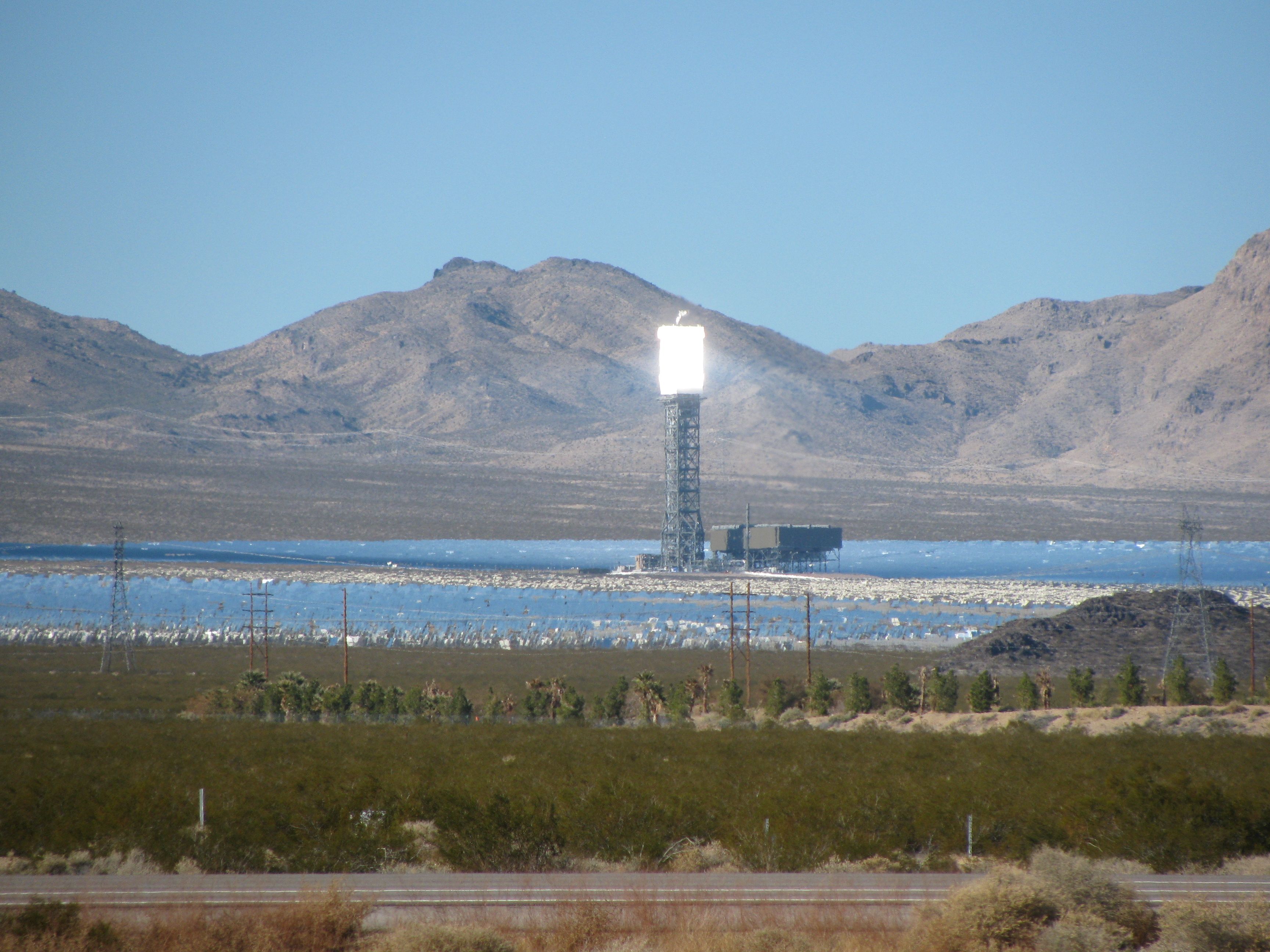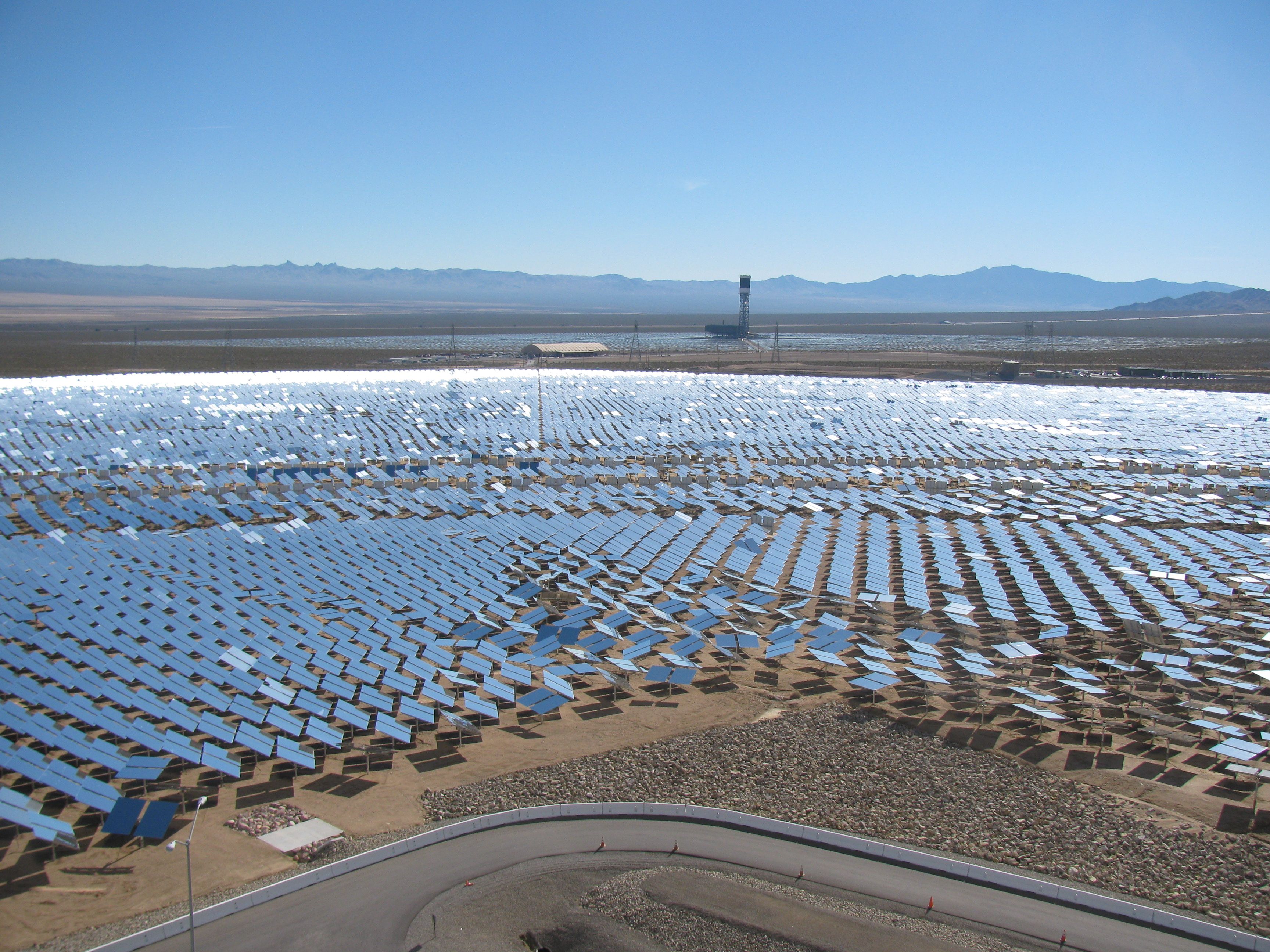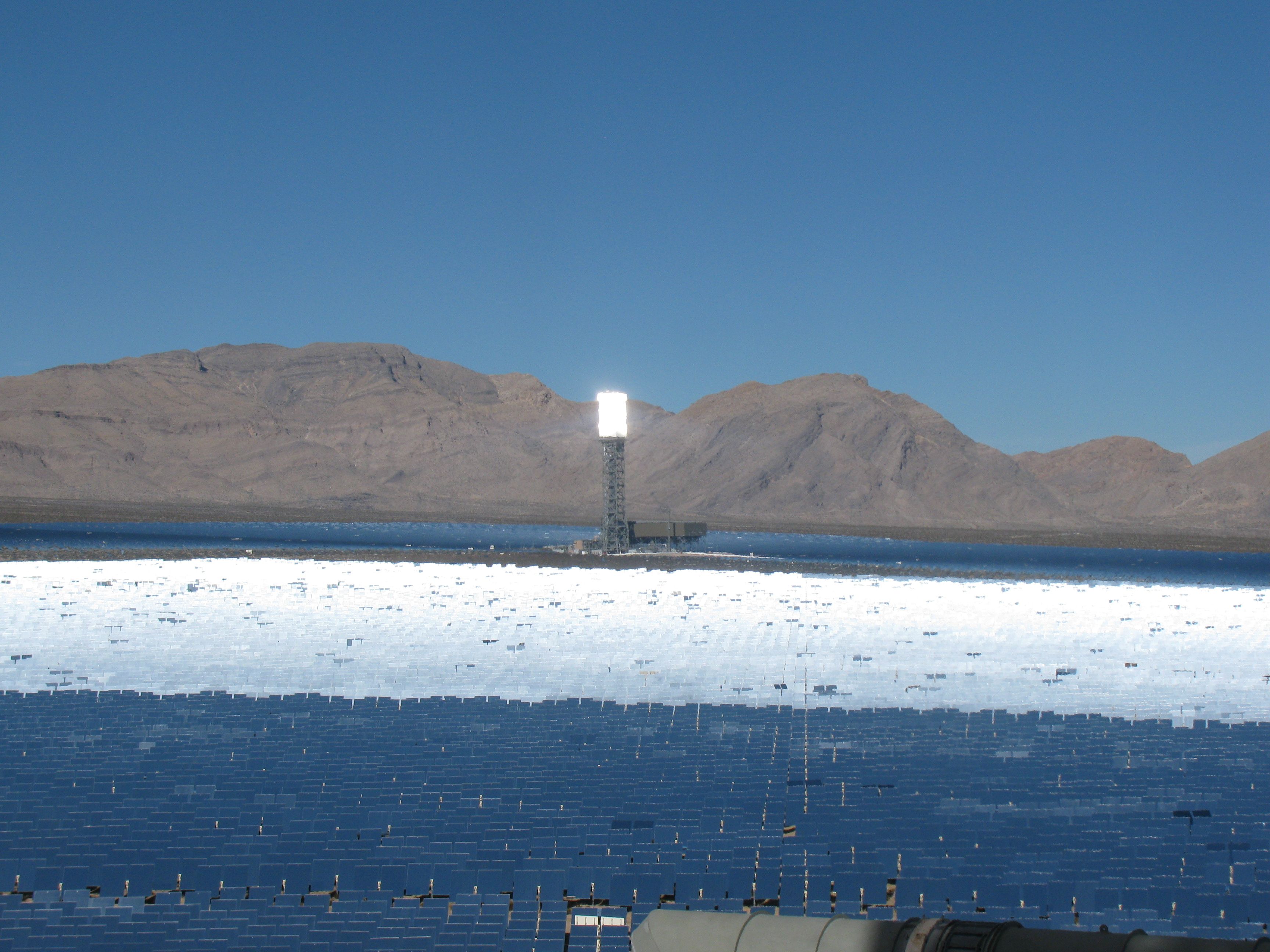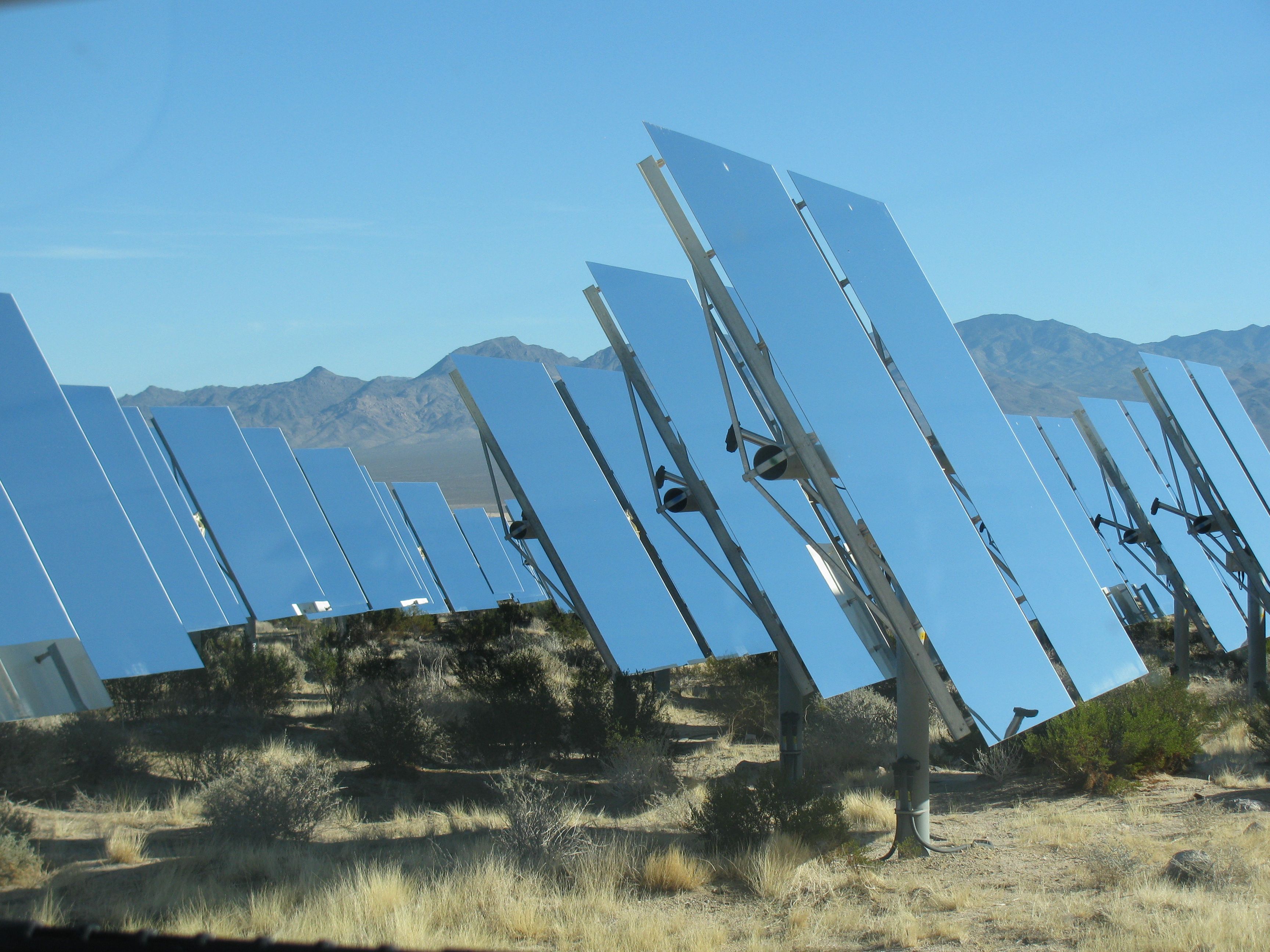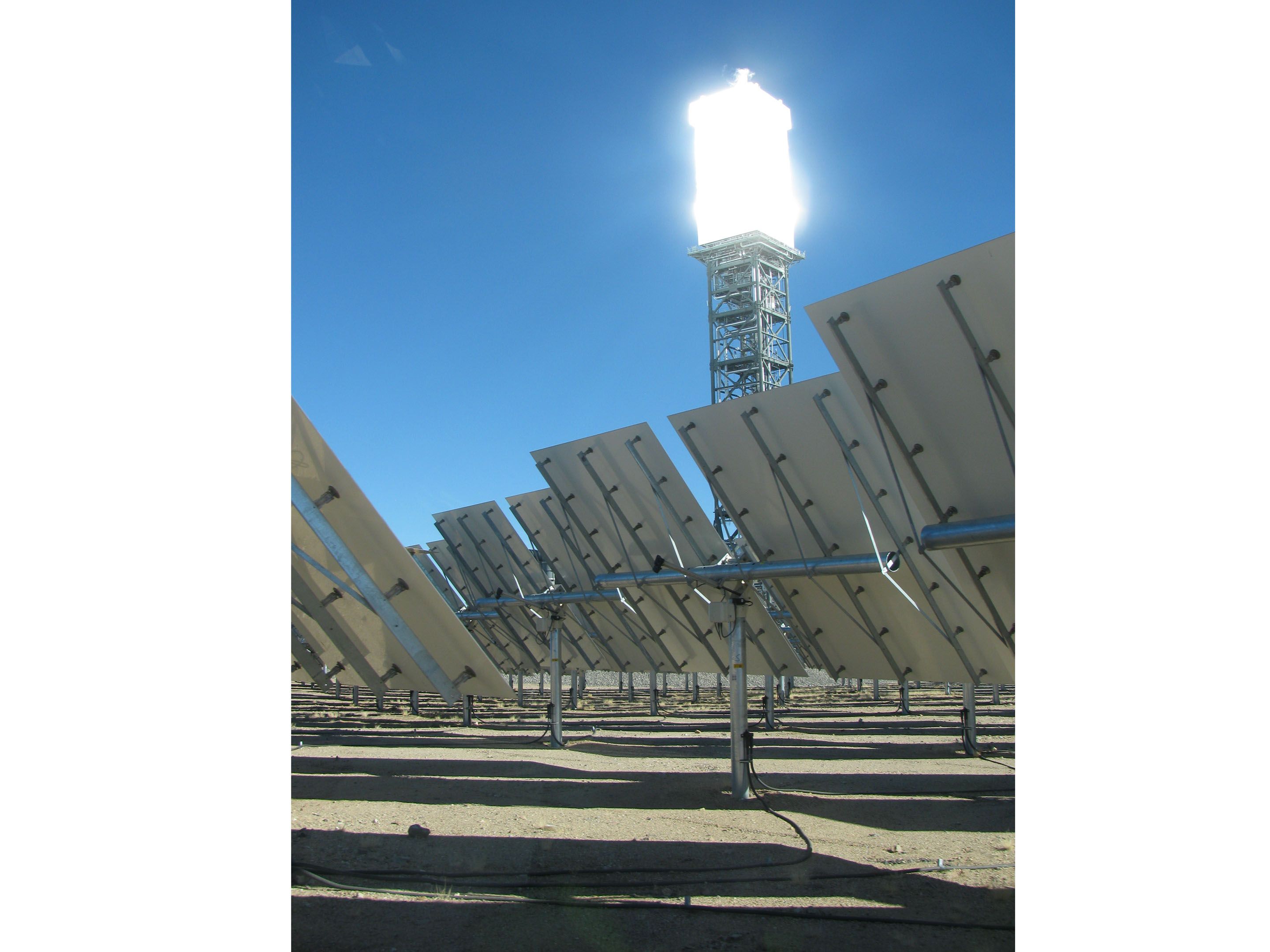March 05, 2015 | Pulitzer Center
In late 2013, the first of many industrial solar projects went online in southern California. The Ivanpah Solar Electric Generating System is the largest solar thermal plant in the world. It quickly became embroiled in controversy after reports surfaced of birds that were ignited when they flew through the high temperature solar flux field generated by Ivanpah’s operation. Tensions have arisen between energy and conservation advocates, two groups both typically seen as “green.” This slideshow of the solar plant pairs with an article that uses Ivanpah as a case study to examine the tug of war over the claim of effective science against the backdrop of the rise of “Big Solar.”
